Your Cart is Empty
Free Shipping over $150 (Excludes Oversized Products)
Free Shipping over $150 (Excludes Oversized Products)
Sanding Belts
Sanding Discs

Micarta: What It Is & Why It’s Great For Knife Handles
by David Kranker 9 min read

Quick Summary
Micarta is a durable composite material created by layering fabric, paper, or other fibers with resin, and then applying heat and pressure. Known for its resilience and ability to withstand harsh environments, Micarta is a popular choice for knife handles. Ceramic sanding belts are recommended for shaping and finishing Micarta due to their superior durability, cutting power, and heat resistance. Regular cleaning, proper maintenance, and avoiding extreme temperatures are key to maintaining Micarta handles.
In this blog, the team at Red Label Abrasives outlines everything you need to know about using Micarta to create knife handles. We’ll show you how it’s made, compare it to other materials, and discuss what makes it a great option for your knife making projects.
What is Micarta?
Micarta is a composite material made by layering various fabrics or papers with a thermosetting resin and then subjecting the mixture to heat and pressure. The result is a dense, durable material that is highly resistant to impact, moisture, and wear. This process creates a product that is not only strong but also versatile, suitable for a wide range of applications, particularly in the manufacturing of knife handles.
The development of Micarta dates back to the early 20th century, when it was first invented by George Westinghouse. Initially, it was used as an electrical insulator due to its excellent dielectric properties. Over time, its applications expanded as its durability and resistance to environmental factors were recognized.
Micarta comes in various types, each named after the material used in its construction.
- Linen Micarta is made from layers of linen fabric, resulting in a smooth, fine texture that provides a comfortable grip.
- Canvas Micarta, composed of layers of canvas, offers a coarser texture, enhancing its grip, especially in wet conditions.
- Paper Micarta, made from paper layers, is known for its smooth finish and ability to be polished to a high gloss, often used for decorative purposes.
Each type of Micarta has its distinct properties, allowing users to choose the one that best suits their needs.
Benefits of Using Micarta for Knife Handles
Selecting the right material for a knife handle is important for ensuring its performance, durability, and comfort. From its impressive strength and resistance to environmental factors to its secure grip and customizable appearance, Micarta offers a range of benefits that make it an excellent choice for both everyday and specialized knives.
Durability and Strength
Micarta is known for its exceptional durability. The combination of layers of fabric or paper with resin creates a composite material that can withstand a lot of wear and tear. This makes it ideal for knife handles, which need to endure regular use without showing signs of damage.
Resistance to Moisture and Temperature Changes
One of the key advantages of Micarta is its resistance to moisture and temperature changes. Unlike wood, which can swell or shrink when exposed to varying environmental conditions, Micarta remains stable. This resistance prevents the handle from warping or cracking, maintaining its structural integrity over time. Micarta also does not absorb water, making it ideal for outdoor and survival knives that are frequently exposed to wet conditions.
Non-Slip Grip
A Micarta handle provides a reliable non-slip grip, which is essential for safety and precision during use. The texture can vary from smooth to coarse, depending on the type of fabric or paper used in its construction. For example, canvas Micarta offers a rougher surface that enhances grip, even when the handle is wet. This non-slip quality ensures that the knife remains secure in your hand, reducing the risk of accidents and improving control.
Customization Options
Micarta can be made in a wide range of colors and patterns. Whether you prefer a classic, understated look or a bold, colorful design, Micarta can be tailored to match your style. This versatility makes it a popular option for both functional and decorative knife handles.
Comparing Micarta to Other Handle Materials
When choosing a material for knife handles, it's helpful to compare Micarta with other popular options like wood, G10, carbon fiber, and metal. Each material has its own set of advantages and disadvantages, which can influence the performance and appearance of your knife.
Micarta
Micarta combines durability with a comfortable, non-slip grip. It is resistant to moisture, chemicals, and temperature changes, ensuring long-term stability and reliability. Micarta is also highly customizable and available in various colors, textures, and patterns.
Despite its many advantages, Micarta can be more expensive than basic wood handles and may require more effort to produce. While it is durable, it is not as strong as carbon fiber or metal in terms of impact resistance. The resin used in Micarta can also sometimes emit a slight odor, particularly when new.
Wood
Wood is a classic material that offers a warm, natural feel. It can be crafted into various shapes and finishes, providing a high level of customization. Wood handles can also be relatively lightweight and comfortable to hold.
On the downside, wood is susceptible to moisture and temperature changes, which can cause it to swell, shrink, or crack over time. It requires regular maintenance to prevent damage and preserve its appearance. Wood is also generally less durable than synthetic materials.
G10
G10 is a high-pressure fiberglass laminate that is extremely durable and resistant to moisture, chemicals, and temperature changes. It offers a solid grip, even in wet conditions, and is available in various colors and textures.
Despite these advantages, G10 can be abrasive to the touch, which might be uncomfortable for some users during prolonged use. It is also heavier than some other materials like carbon fiber and can be more challenging to machine and finish.
Carbon Fiber
Carbon fiber is known for its incredible strength-to-weight ratio, making it one of the lightest yet strongest handle materials available. It has a sleek, modern appearance and is resistant to moisture and temperature changes.
However, carbon fiber can be expensive and more brittle compared to other materials. It can crack or shatter under extreme impact. Additionally, the smooth surface may not provide as secure a grip as textured materials like G10 or Micarta.
Metal
Metal handles, often made from stainless steel or aluminum, are extremely durable and resistant to wear, corrosion, and environmental factors. They provide a modern, sleek look and can be easily cleaned and maintained.
It is important to note that metal handles can also be heavy, which might not be suitable for all users or applications. They can also become slippery when wet, posing a safety risk. Additionally, metal can feel cold to the touch in low temperatures, which may be uncomfortable.
Making a Knife Handle with Micarta
Creating a knife handle with Micarta is a rewarding process that involves precision and care. Here’s a practical guide to help you craft a durable and attractive handle.
Required Tools and Materials
- Micarta slabs or blocks
- Safety gear (gloves, safety glasses, dust mask)
- Saw (band saw or coping saw)
- Files and rasps
- Sandpaper (various grits)
- Belt sander
- Polishing compound and cloth
- Clamps
- Epoxy resin (for attaching the handle to the knife tang)
Cutting the Micarta to Size
Begin by measuring the size of the knife tang to ensure the Micarta handle fits perfectly. Mark the dimensions on the Micarta slab or block. Then use a band saw or coping saw to cut the Micarta to the required size. Cut slightly larger than the final dimensions to allow for shaping.
Shaping the Handle Using Custom Abrasives
Clamp the Micarta piece securely before using a belt sander or custom abrasives to shape the rough outline of the handle. Focus on creating the basic contours that match the ergonomic design you want. Switch to files and rasps for more detailed shaping and work on refining the contours and ensuring the handle fits comfortably in the hand.
Sanding and Smoothing the Edges
Start with coarse-grit sandpaper to smooth out the rough surfaces. Gradually move to finer grits to achieve a smooth finish. Pay particular attention to the edges, sanding them until they are smooth to the touch. This step ensures comfort during use.
Polishing for a Finished Look
Apply a polishing compound to the Micarta handle and use a polishing cloth to buff the surface. This step enhances the appearance and brings out the colors and patterns in the Micarta.
Tips for Working with Micarta
- Always wear safety gear, as Micarta dust can be hazardous when inhaled.
- Take your time during the shaping and sanding process to avoid removing too much material. It’s easier to take off more than to add it back.
- Work in a well-ventilated area and use dust collection systems if available to minimize exposure to Micarta dust.
- When attaching the handle to the knife tang, ensure the surfaces are clean and dry before applying epoxy. Clamp the handle securely and allow sufficient curing time for a strong bond.
What is the Best Abrasive to Use With Micarta?
When working with Micarta, ceramic sanding belts offer superior durability and cutting power, making them ideal for shaping and finishing this tough composite material.They are designed to withstand heavy use, which is particularly important when working with tough materials like Micarta. This durability means fewer belt changes, saving both time and money in the long run.
Ceramic abrasives also provide a fast and aggressive cut. This efficiency allows for quick material removal, making the shaping and finishing processes faster and more efficient. The sharp, micro-crystalline structure of ceramic grains continually fractures during use, exposing fresh, sharp edges that maintain cutting performance over time.
Finally, when sanding materials like Micarta (which can generate significant friction and heat), ceramic belts excel due to their heat resistance. They dissipate heat better than other types of abrasives, reducing the risk of heat damage to both the belt and the workpiece. This is crucial for maintaining the integrity of the Micarta handle and achieving a smooth finish.
Tips for Maintaining Your Sanding Belts
When dealing with Micarta and oily woods, which can clog the belts, there are some tips to keep in mind to maintain the effectiveness of your sanding belts.
- Cleaning the Belt: Micarta and oily woods can clog your sanding belt, reducing its efficiency. To clean the belt, run it at medium speed if you have variable speed control. Use a rubber belt cleaner block or a wire brush to remove the gunk from the belt.
- Restoring a Glazed or Dull Belt: If your belt appears glazed or dull, you can restore it using a brick or an old grinder wheel. With the belt running at full speed, work the edge or corner of the brick or grinder wheel hard against the belt. Then, take a piece of steel and lean in hard on the belt. This will shear the grit surface and restore the belt's effectiveness.
Maintenance and Care for Micarta Handles
Regular cleaning is essential to keep your Micarta handle in good condition. Here are some recommended ways to clean it:
- Mild Soap and Water: Use a soft cloth or sponge with mild soap and warm water to clean the handle. Avoid using harsh chemicals or abrasive cleaners, as they can damage the surface.
- Rinse and Dry: After cleaning, rinse the handle thoroughly with clean water to remove any soap residue. Dry the handle completely with a soft cloth to prevent moisture from seeping into any crevices.
- Stain Removal: For stubborn stains, use a small amount of baking soda mixed with water to form a paste. Apply the paste to the stain, gently scrub with a soft brush, and rinse thoroughly.
To prevent damage and wear, follow these guidelines:
- Avoid Extreme Temperatures: Do not expose the Micarta handle to extreme heat or cold, as this can affect its integrity. Avoid leaving your knife in direct sunlight or near heat sources for prolonged periods.
- Prevent Impact Damage: Although Micarta is durable, avoid dropping or striking the handle against hard surfaces to prevent cracks or chips.
- Chemical Exposure: Keep the handle away from strong chemicals, solvents, and acids, as these substances can damage the resin and fabric layers.
You should also carry out periodic maintenance to keep your Micarta handle in top shape:
- Regular Inspections: Periodically inspect the handle for signs of wear, such as cracks, chips, or discoloration. Early detection allows for prompt repair or maintenance.
- Oiling: Apply a small amount of mineral oil or a specialized handle conditioner to keep the Micarta from drying out. This helps maintain its appearance and adds a protective layer.
- Buffing: If the handle begins to look dull, use a polishing cloth to buff it back to a shine. A light application of polishing compound can also help restore its luster.
Shape Your Micarta Knife Handles With Red Label Abrasives
Micarta’s durability, resistance to moisture and temperature changes, secure grip, and attractive appearance make it an excellent material for crafting reliable knife handles. If you're inspired to use Micarta for your next knife purchase or project, don't hesitate to explore the possibilities it offers.
At Red Label Abrasives, we sell custom industrial-grade sanding products that include sanding sheets, sanding belts, and sanding discs, all of which support beautiful results in knife making. We even sell complete knife making kits for your convenience. To learn more or place an order, please contact us by calling 844-824-1956 or filling out our contact form today. ABOUT THE AUTHOR
David Kranker is a writer and creative maker who has been covering the abrasive and knife-making industries on the Red Label Abrasives Blog since 2020. David spends his time continually researching sanding and bladesmithing to provide readers with the latest and greatest information. In his free time, David utilizes abrasives for many different home and auto projects at his home in Delton, MI.
Belt Packs Made For Knife Makers
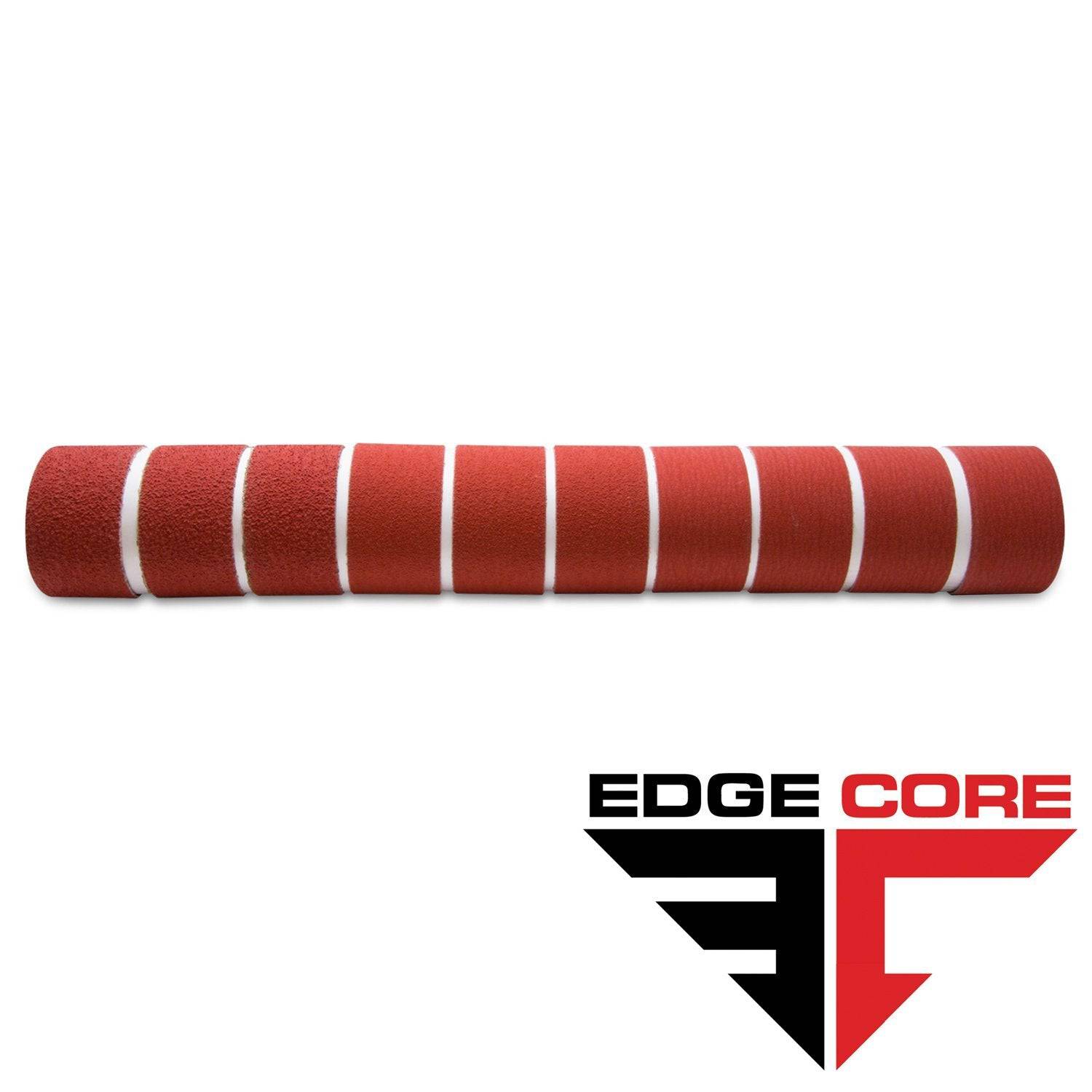
2 X 72 Inch Knife Makers Sanding Belts Assortment
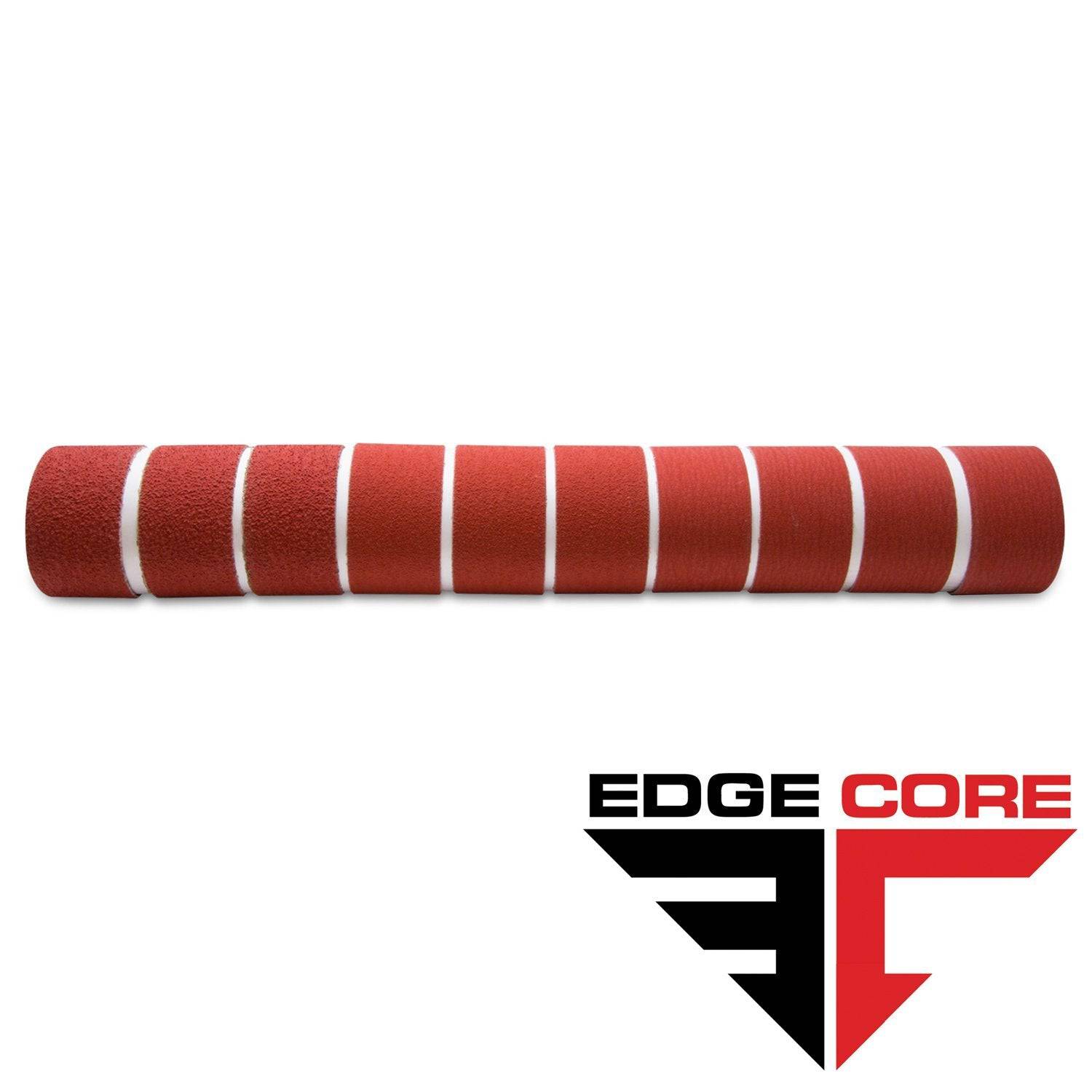
2 X 60 Inch Knife Makers Sanding Belts Assortment
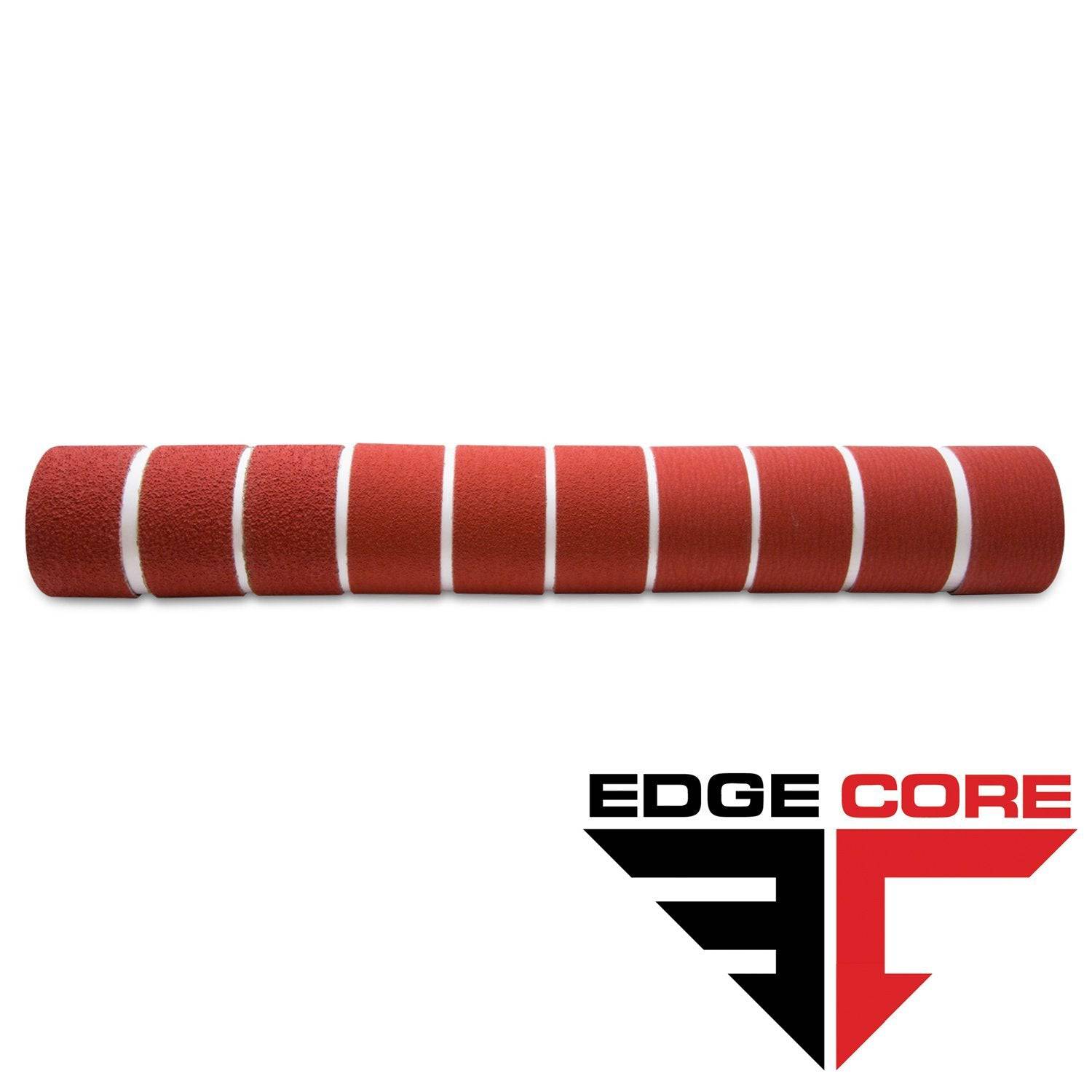
2 X 48 Inch Knife Makers Sanding Belts Assortment
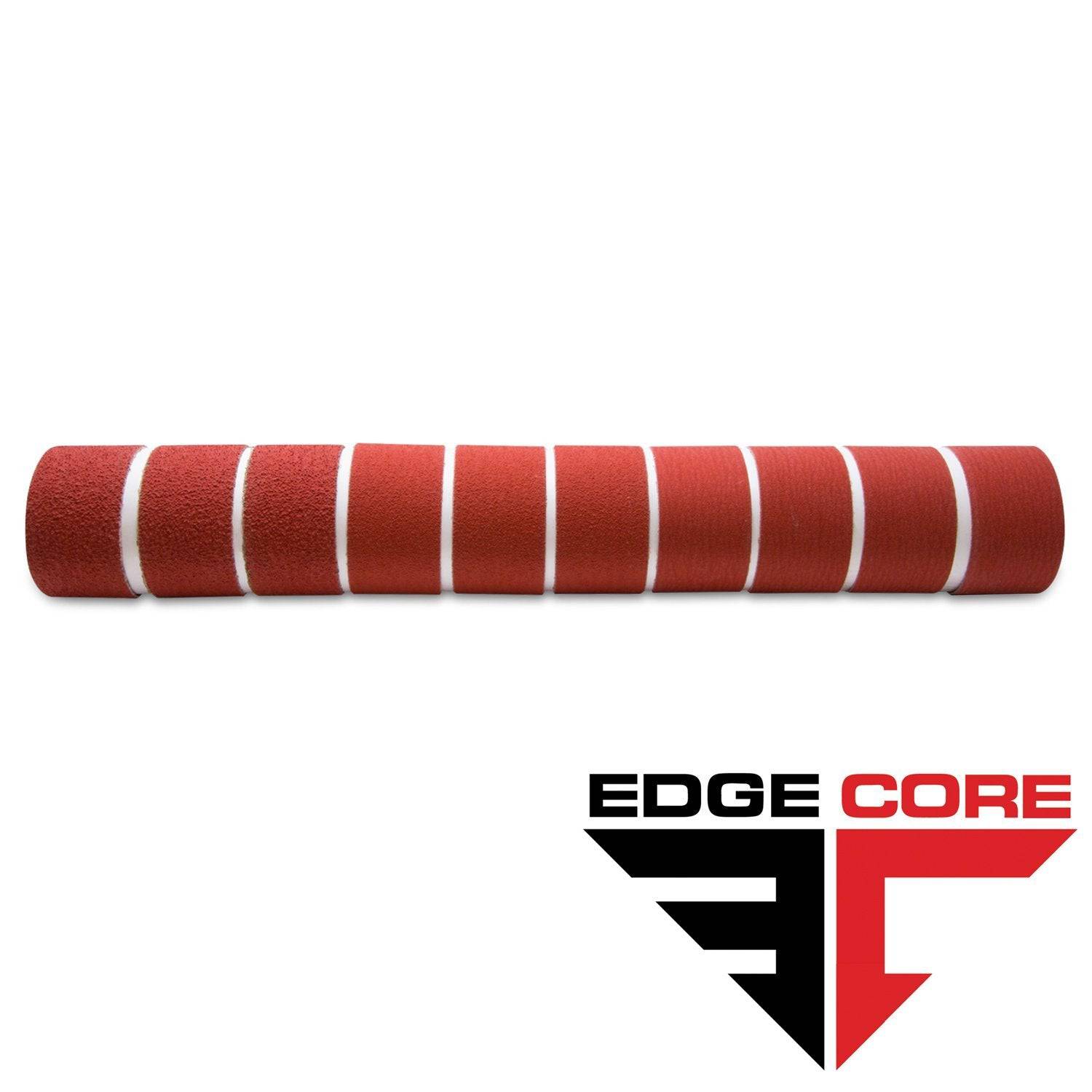
2 X 36 Inch Knife Makers Sanding Belt Assortment
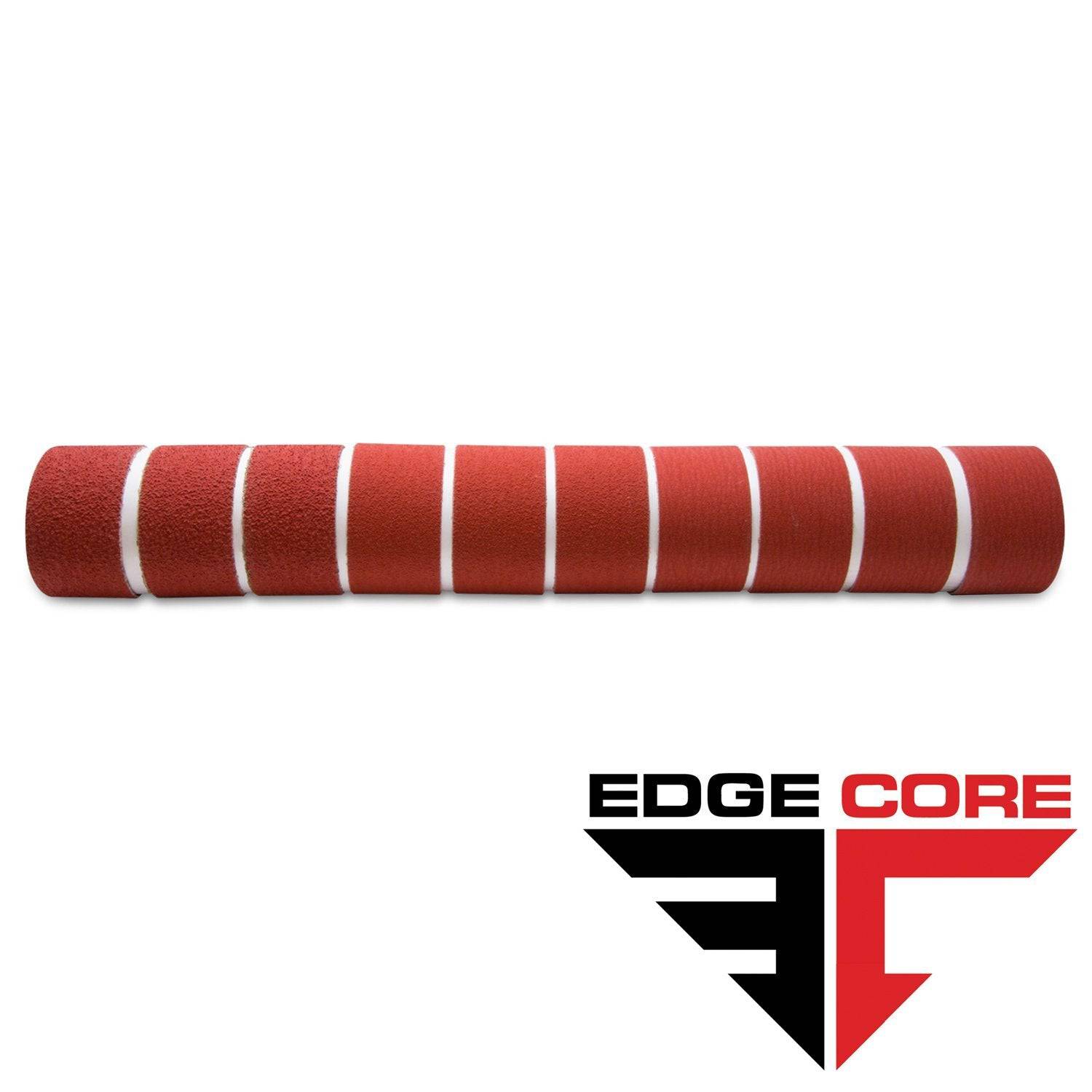
2 X 42 Inch Knife Makers Sanding Belts Assortment
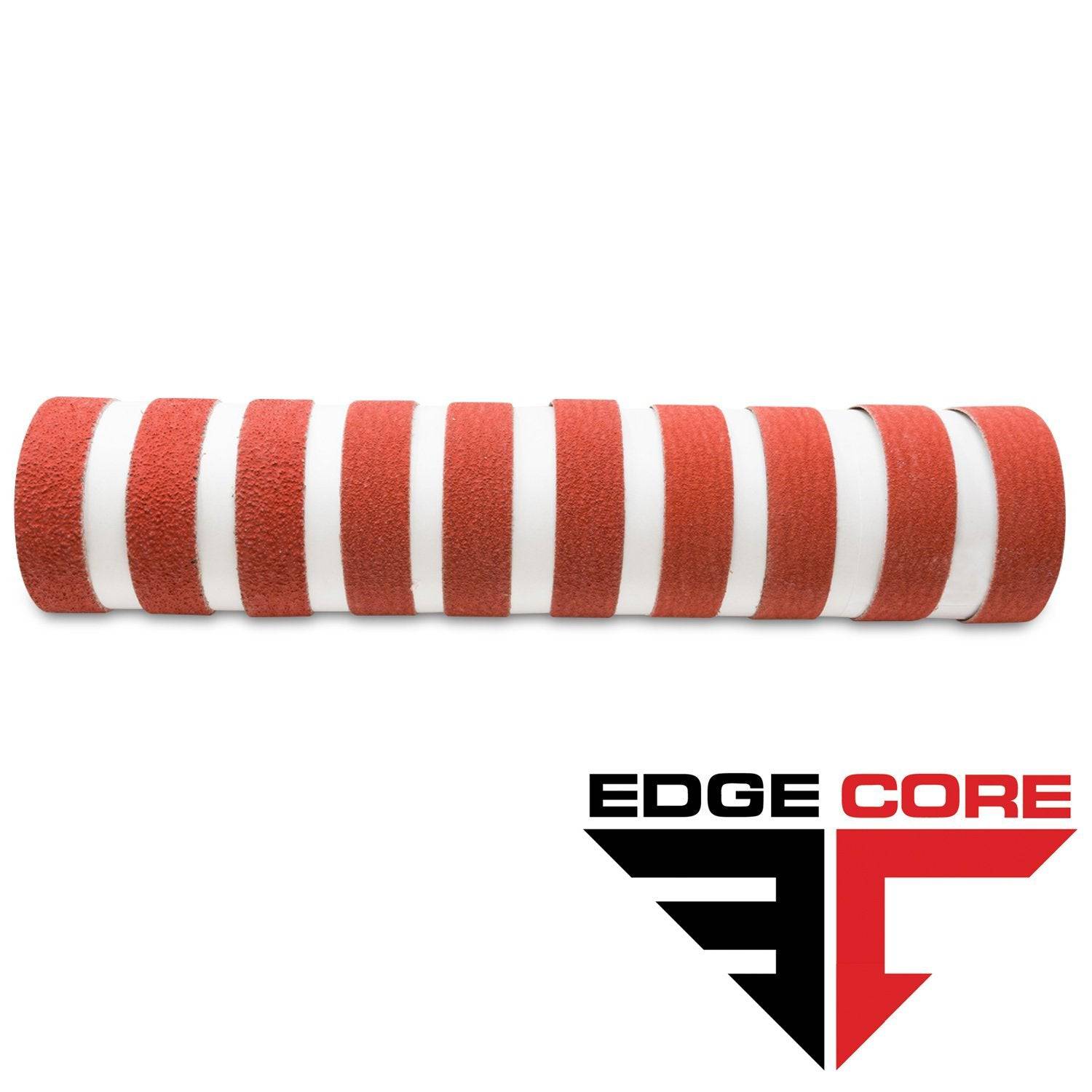
1 X 30 Inch Knife Makers Sanding Belts Assortment
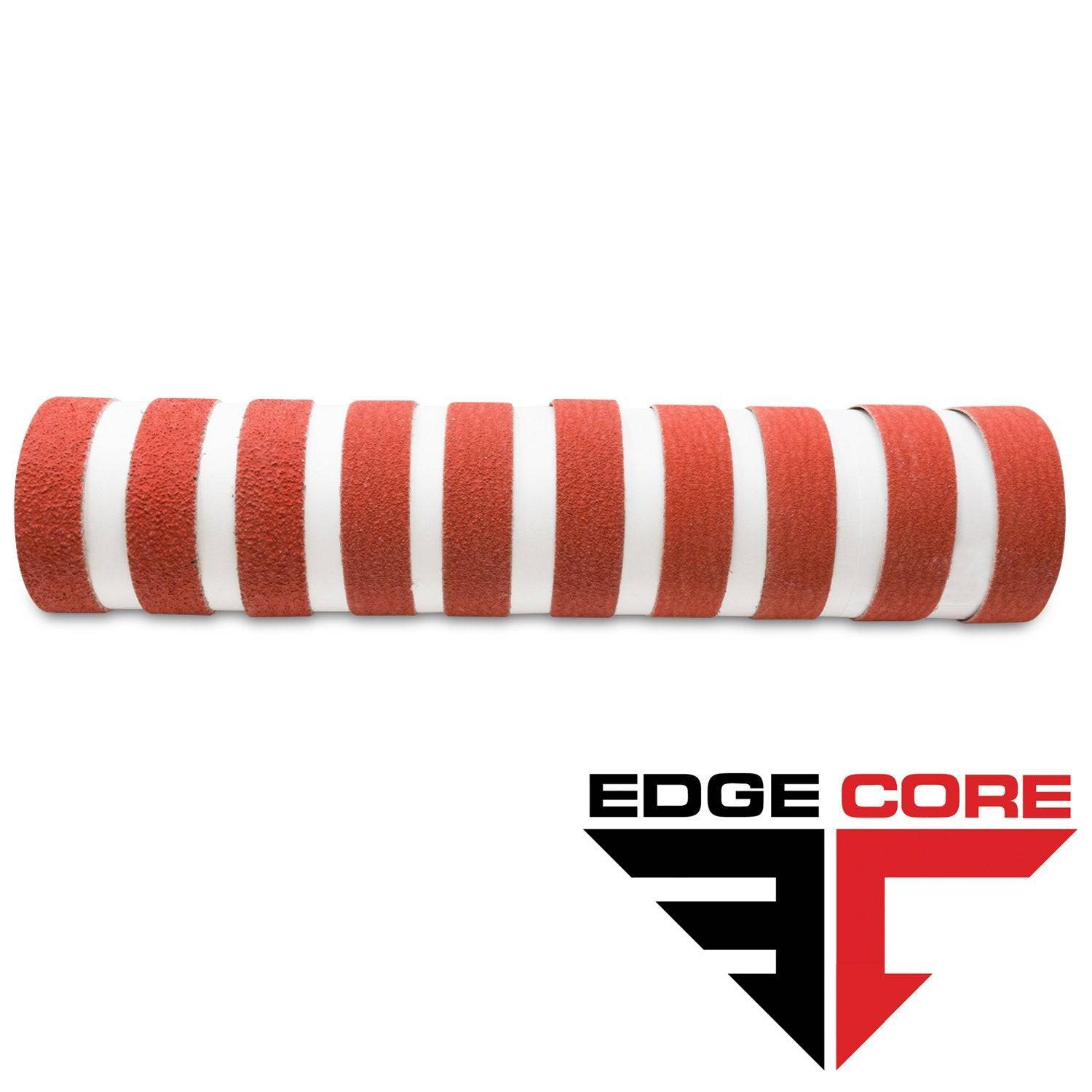
1 x 42 Inch Knife Makers Sanding Belt Assortment
Shop By Product Category





Why Choose Red Label?







